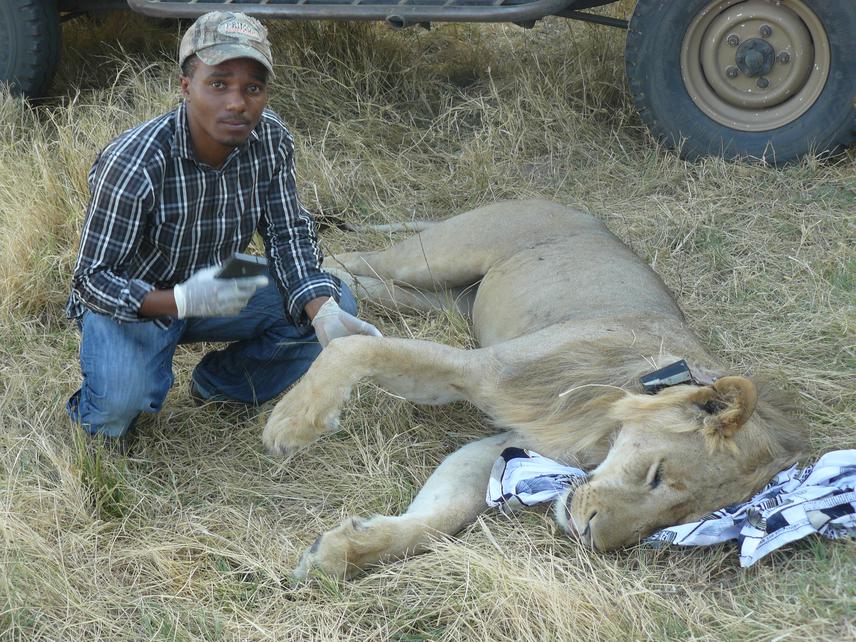Deo Tarimo
Other projects
2 Nov 2023
Lions Monitoring as an Early Warning System to Improve Human-Lion Coexistence Mkomazi National Park
This project aims to determine the lion ecology, demography, and threats in order to guide habitat management, protection, and conservation. In addition, the project will be conducting an education and awareness program to schools and the local community in order to raise their understanding of the values of conservation and improve the relationship with park management. Also to investigate targeted socio-economic studies for communities residing around Mkomazi National Park in order to determine people’s attitudes to the protected area and the problem they have with lions and their perception on a conservation issue. In response to stressors on lion dynamics, trends in population sizes can help to inform management decisions on the problems attributed to anthropogenic drivers such as human lion conflicts, or natural drivers such as demographic variability or disease.

After darting the lion and fitting the collar to the neck, we usually wait until the lion wake up.
Big cats face serious threats and are experiencing massive declines in their populations and geographical ranges across the world (Ripple et al., 2014). To maintain biodiversity and ecosystem function in combination with the importance of resilient ecosystems, it is necessary to indicate that large carnivores and their habitats are maintained and restored (Ripple et al., 2014). In regulating ecological interactions and ecosystem health, African lions play an important role, significantly influencing lower trophic levels. For example, lions affect the density of mesopredators and natural prey as keystone species and influence plant communities by eliminating the effects of large ungulates on vegetation (Abade et al., 2014). More than 200,000 wild lions lived in Africa over a century ago and recent surveys estimate that lion numbers have fallen from about 30,000 to about 20,000 in the last two decades (Panthera, 2019). Although African lions are classified as Vulnerable in the Red List of Threatened Species of the International Union for the Conservation of Nature (Bauer et al., 2017), the West Africa lions are considered Critically Endangered, having lost almost 99% of their historical range (Funston et al., 2016).
African lions (Panthera leo) are threatened throughout their natural range (Beukes et al., 2017) due to habitat loss (Panthera et al., 2019), extensive depletion of prey base, retaliatory killing, poorly regulated sport hunting, and demand for traditional African and Chinese medicines (Bauer et al., 2015). The development of effective lion conservation strategies is hindered by lack of ecological data on lion distributions (Abade et al., 2014). In response to stressors on lion dynamics, trends in population sizes can help to inform management decisions on the problems attributed to anthropogenic drivers such as human lion conflicts, or natural drivers such as demographic variability or disease (Bauer et al., 2015).
In African Savanna human occupation is increasing (Funston et al., 2016) and villages are established adjacent to the protected areas and livestock graze within the park which cause habitat destruction, competition of food and water with native herbivores (Mkomazi National Park, 2010). When the numbers of prey are deplete, lions prey on livestock which in turn promote retaliatory killings of lion by herders (Kissui, 2008). Moreover, human encroachment in protected areas promotes illegal hunting which is a threat to both prey and lions (Funston et al., 2016).